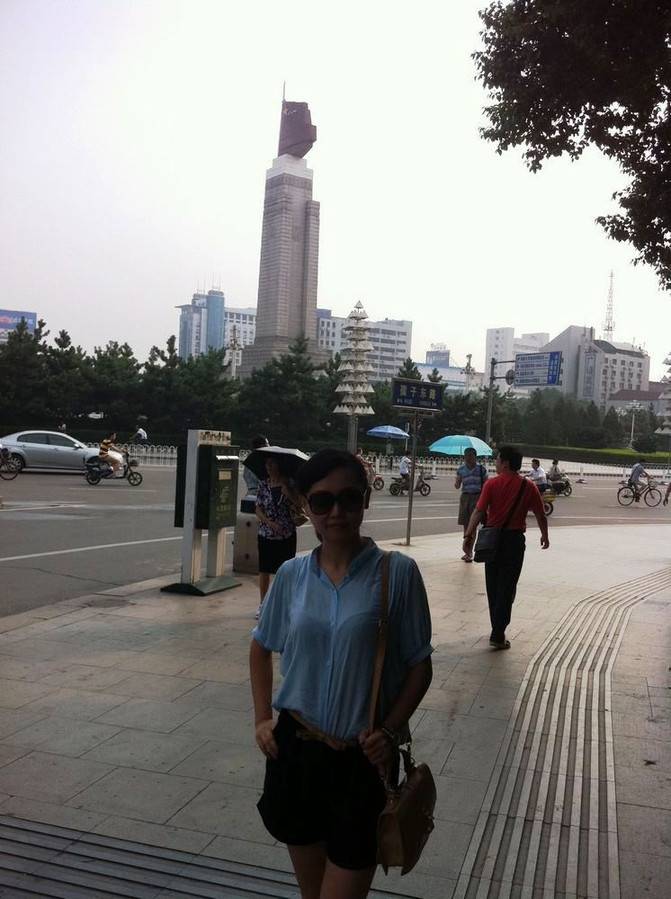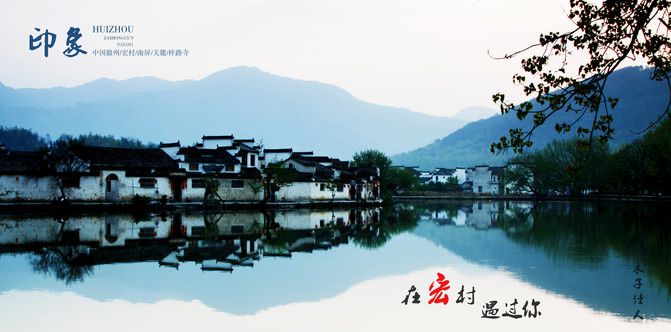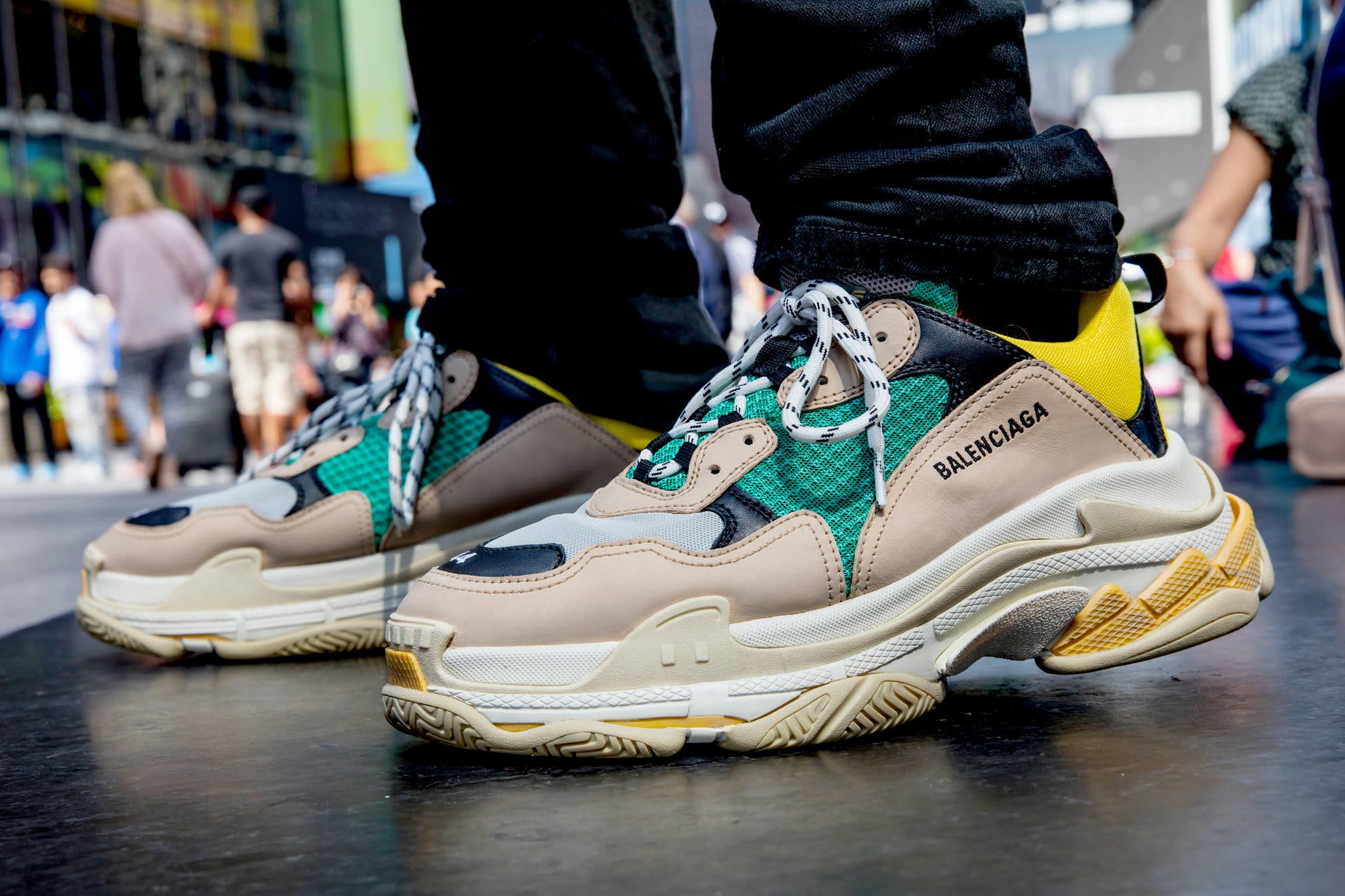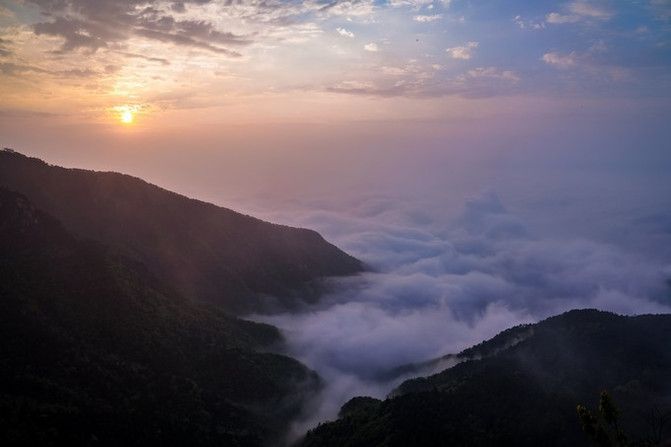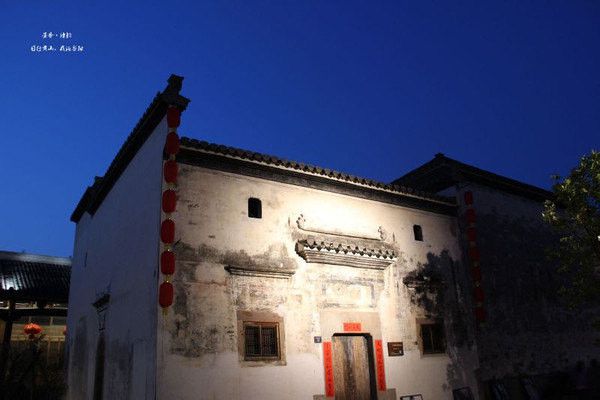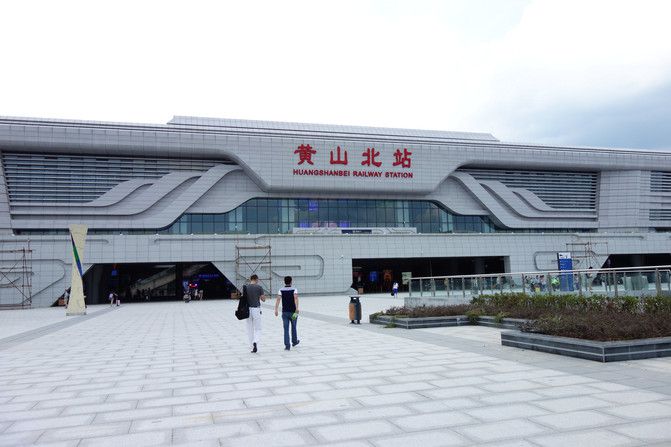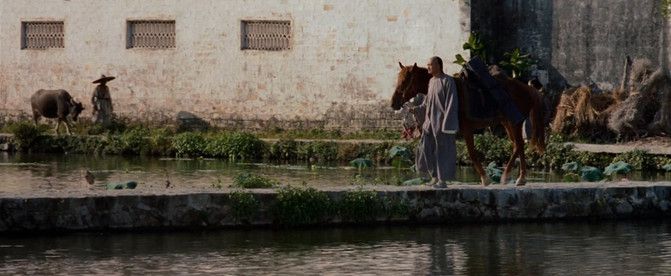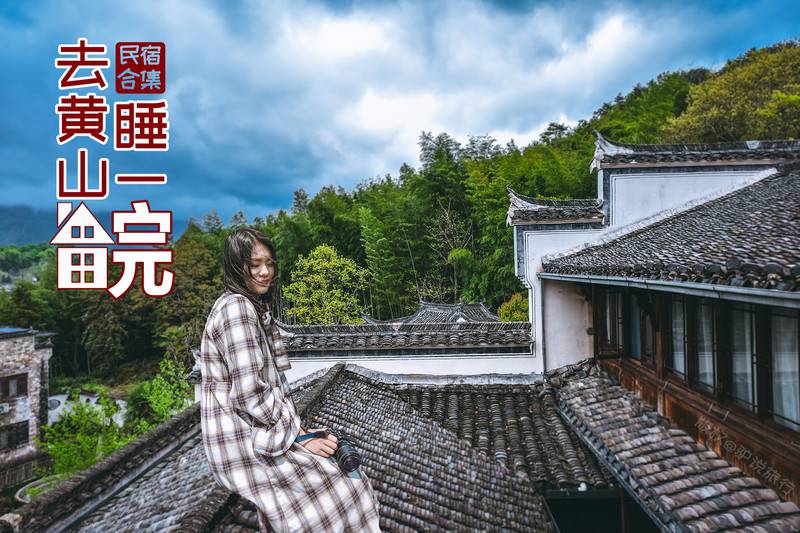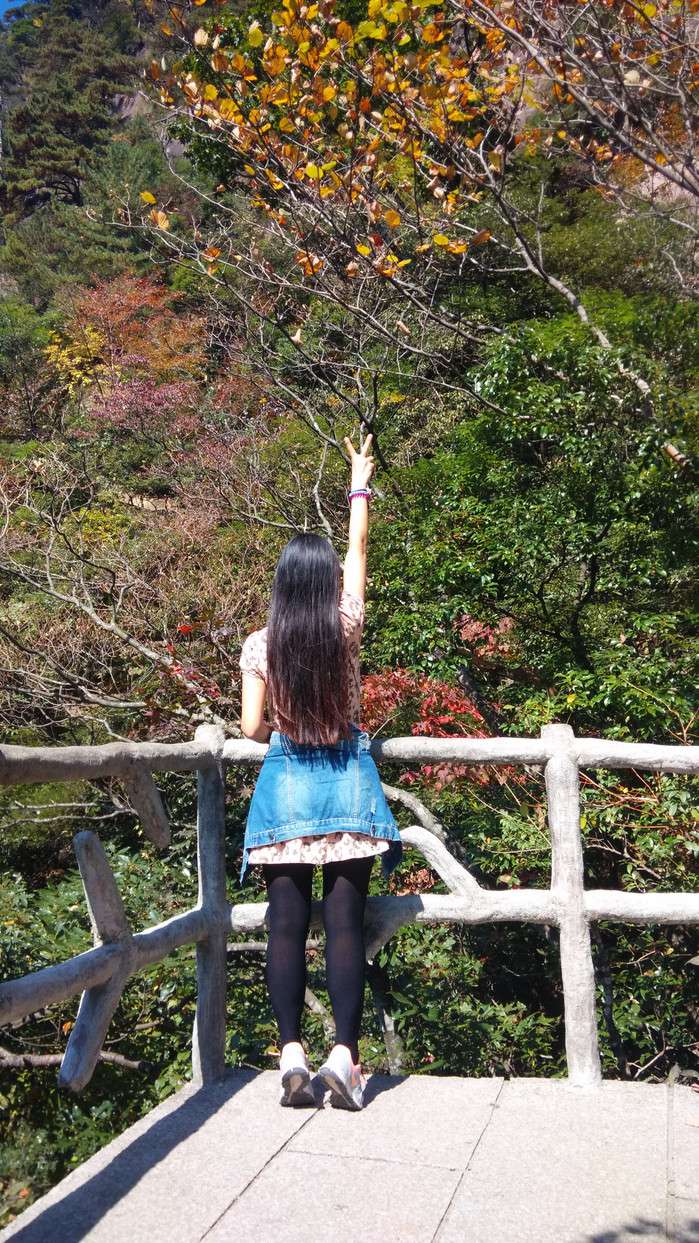November 08,2022 Post by :Ruoshui Chen
Mt. Huangshan (Yellow Mountain), HuangshanHuangshan Travel Guide | Weather, Facts, History, & More
The Chinese say that once you’ve ascended the peaks of Huangshan, you’ll never want to climb another mountain. And although they may not be China’s most sacred mountains, the Huangshan mountains are arguably the most beautiful and a must-see attraction if you’re anywhere close to the area.
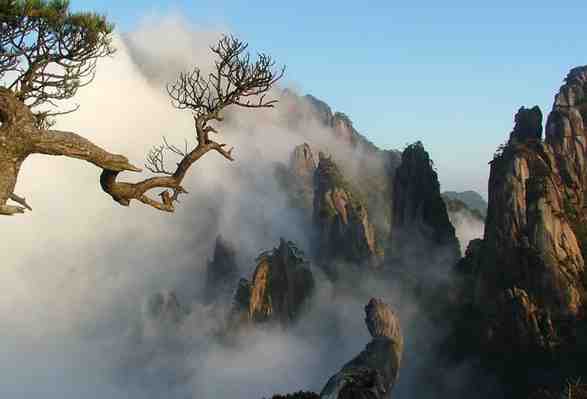
Huang shan panorama panoramic hi-res
If the mist-wreathed granite peaks, bamboo forests, and twisted pines perched on jutting crags look familiar, it’s because the breathtaking beauty of Huangshan has been immortalized in countless Chinese scroll paintings and movies. In fact, parts of the movie “Crouching Tiger, Hidden Dragon” were filmed here.
Because the mountainous weather is hit-or-miss any time of year (views often blocked by thick fog), your best bet is to budget at least a few days of exploring and hiking Huangshan to maximize your chances of clear weather. But don’t worry—there are plenty of spectacular hikes around the 72 sheer rock cliffs, not to mention the famed Huangshan sunrise that’s definitely worth dragging yourself out of bed for.
Since Huangshan is a top tourist attraction and popular travel destination for the Chinese, book ahead, especially on summer weekends.
Huang shan panorama panoramic hi-res
History of Huangshan
A UNESCO World Heritage Site since 1990, Huangshan is in the Anhui province, eastern China’s most rural province. But what the province lacks in wealth, it more than makes up for in natural beauty.
Huang shan mountains hiking
Once known as the Black Mountains, a Tang Dynasty emperor renamed it to honor the Yellow Emperor Huangdi, who according to legend, rode off from their peaks to heaven on the back of a dragon. Huangshan literally translates to “Yellow Mountain,” which is bit misleading since it’s not a solitary mountain but a long mountain range that extends across four counties.
Again, it’s worth staying at least one night on the mountain just to see the sunrise, which is visible from several places on the mountain. The most popular spot to catch the sunrise is the Dawn Pavilion, near the Beihai Hotel. If big crowds spoil it for you, travel a bit farther from the hotels to Refreshing Terrace, Lion Peak, or Red Cloud Peak.
Hiking the Huangshan mountains is straightforward and the paths are easy to follow so you won’t need to join a tour—just buy a map from a local vendor. Also, no need to hire a porter either—you can store your luggage in either Tangkou or Taiping so just bring a day pack, good shoes, a waterproof jacket, and warm clothes for the higher elevations.
Accessing Huangshan:
The hiking trail is divided into eastern and western steps (sometimes referred to as southern steps). The eastern steps (4.5 mile/7.5km) is shorter and easier than west (9m/15km). But the scenery on the steep and windy western steps is considerably better. My recommendation? Hike up by the eastern steps and then descend by western steps.
Huang shan mountains hiking tourists
The hike is fairly strenuous so if you’re not in decent shape (or are short on time), you can always take one of three cable cars up the mountain, the preferred method for many Chinese tourists.
Lines for the cable cars can be long though so best to go early or avoid the weekends (much less of a wait to descend). Tangkou is starting point for two hiking trails and parallel cable cars. A third cable car can be accessed from Taiping.
Huang shan panorama panoramic hi-res
When to Visit Huangshan
It is worth visiting Huangshan all year round. In fact, regardless of the season you’re in, you won’t regret visiting this beautiful and picturesque city!
Located in the subtropics, the city has a typical subtropical monsoon humid climate. It is clearly divided into four seasons with short spring and autumn while long summer and winter. The comfortable weather allows for good opportunities to travel to the city and its stunning scenery/atmosphere throughout the year.
Yellow Mountains - information and tour guide
Travel Photos of the Yellow Mountains

Presentation of the Yellow Mountains
The Yellow Mountains (Huangshan), located in the south of Anhui Province, are considered to be the most beautiful mountains in China and have been listed as World Heritage by UNESCO since 1990 as a cultural and cultural site. natural.The region is known for its beauty and grandiose scenery that rests on its granite peaks, its conifers clinging to rocks with fantastic profiles and the sea of clouds that frequently surrounds the massif and standing above the peaks of the mountains, making visual and light effects very numerous and impressive.The area is also home to hot springs, and mineral springs that supply natural pools. The historical and cultural wealth is no less important. There are many temples, kiosks, pavilions …These mythical and sacred mountains have not stopped attracting artists (painters, poets …) Chinese for generations and they still fascinate and amaze all visitors and hikers. What an enchanting site! Huangshan is now a popular tourist destination and attracts more than one million visitors every year.The Yellow Mountains site is easily accessible by car, train or bus from cities like Shanghai and Hangzhou. The infrastructure is generally very good and unpleasant surprises are very rare. That said, Huangshan still has an airport.
How to visit Mount Huangshan?
If you want to reach the top of Huangshan you have three possibilities:A rather short but difficult climb on the eastern stepsA longer and more difficult climb on the western stepsA quick and easy climb, by cable car.
Our advice:
In the morning, take a vehicle to Tunxi, the ideal base to explore the Mount, then climb the steps of the East. From there, take a tour of the summit. You can even spend the night there. Finally, go down the steps of the West the next day.Be careful not to underestimate the difficulties of these hikes!If you want to go there, where few groups of tourists venture, we recommend hiking from the summit of the Mount to the parade of the West Sea.
Trekking by the Eastern Steps
Less impressive than the hike by the Western Steps, on a geological level, this climb of 7.5kms is not less pleasant.In the spring, azaleas and weigelas (Weigela japonica) add beautiful touches of color to the woody slopes. The climb is largely shaded. Quite tiring, however, it has nothing comparable with the western markets.
Trekking by the Western Steps
For this climb of 15km, count 5 to 6 hours of walking on a steep path. Although it offers dazzling views, know that it requires twice as much effort as the Eastern Steps. Better to take the descent (3 to 4 hours walk).If you prefer the climb with the cable car, you can take this path in the other direction. The descent begins at the flying Rock.South of Aoyu Peak, towards the peak of the Lotus Flower, you cross a very narrow chasm, the Heavenly Ray. Save your energy for the climb (1,321 steps) to the peak of the Sky Capital (Tiandu Feng, 1,810 m). Here you will find an exceptional panorama.
The West Sea Canyon Hike
This impressive 8.5 km hike requires a minimum of 4 hours of hard work.If you are subject to vertigo, forget it! Indeed, you will descend along a gorge and cross sections exposed above the void.Otherwise, you can still access the canyon via the North entrance or the South entrance.If you do not have enough time or energy for a difficult hike, take Circular Route # 1 and Circular Route # 2, following a path of 8, then return to the north entrance.You will nevertheless miss striking panoramas on the lonely pines, but you will avoid a descent will malmènera your knees, as well as a as cruel ascent for your thighs, before joining the southern entry.
Hike to Huangshan Summit
At the top of Mount Huangshan, you will find hiking trails but also walks that go up and down to different peaks. The panorama unfolds on vast valleys of granite and huge rock formations, topped with stones defying the laws of gravity and innumerable gnarled pines of Huangshan.
When to go to Huangshan?
The 2 best seasons for your journey around the Yellow Mountains are spring and fall because the colors are sparkling and brilliant. Average temperatures are around 16 ° C. In winter, the landscape changes dramatically as the mountains are snow-covered. The activities to be planned and the atmosphere are then very different from the rest of the year.
Useful information :
Allow 1 or 2 days for the visitName in Chinese: Huangshan – 黄山From the foot of the mountain, take the bus at 19 ¥ to the entrance. 2 solutions are available: either the cableway 80 ¥, or the climb of the stairs for 2-3 hours.ATTENTION: stop of the cable car at 16h30.Entrance :- From March to November: ¥ 230- From December to February: ¥ 150Timetable:- Monday to Saturday: 06:30 to 16:30- Sunday: 06:00 to 16:30Tips & Warnings: If you spend the night in the Yellow Mountains, we advise you to bring a spare business bag and leave your luggage at the foot of the mountain. Also plan for good walking shoes.
Where to sleep in the Yellow Mountains?
Staying in a good hotel is the beginning of a successful holiday. Indeed, a good accommodation can make your vacation even more exceptional … like a bad one can spoil a stay.The Yellow Mountains is one of the most beautiful Chinese tourist parks, and is full of places to stay. You’ll have something for every budget, from small B&Bs of incomparable charm to large hotels located in the city center, near the main sites to visit, or in the surrounding countryside. That’s why we have selected for you the best hotels in the Yellow Mountains, combining comfort and quality of services.
Mt. Huangshan (Yellow Mountain), Huangshan
There was once a famous Chinese geographer and traveler Xu Xiake from the Ming Dynasty said: “It is not worth seeing other mountains if you have been to the Five Great Mountains; it is not worth seeing the Five Great Mountains if you have been to Huangshan Mountain." This 4 days tour will take you to explore the magnificent Huangshan Mountain and the ancient villages around. You are just a click away from a marvelous China holiday. We are looking forward to seeing you!
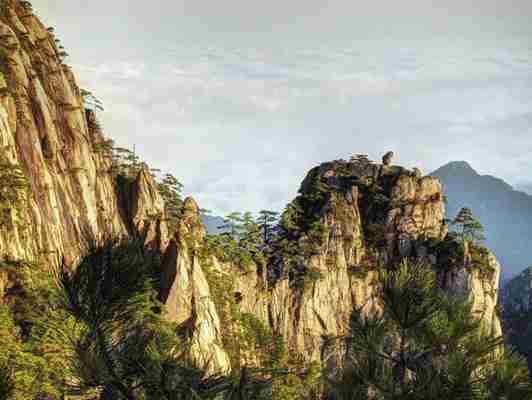
… More




